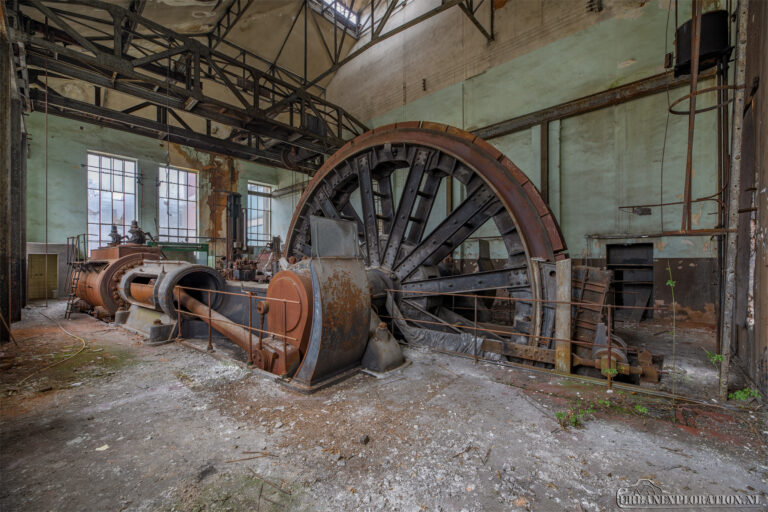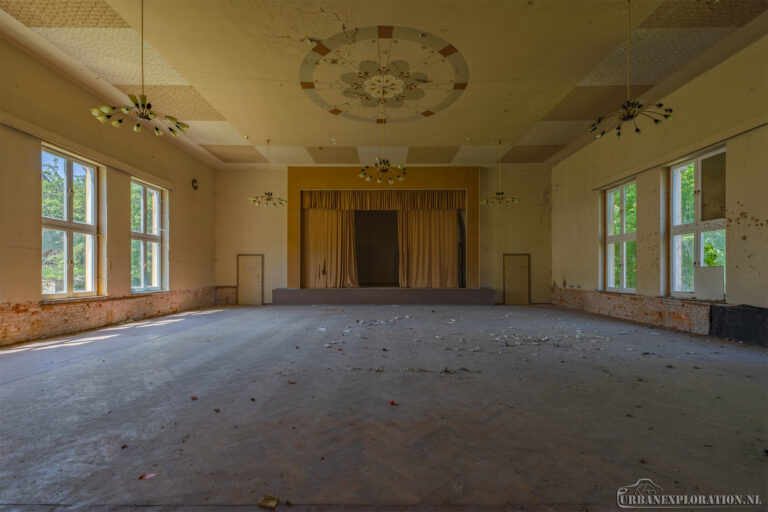Sanatorium 1900
At the end of the 19th century, a large sanatorium was built on the initiative of a physician from Cottbus for the treatment of lung diseases. The foundation stone was laid in 1898, and after two years of construction the facility was opened. The complex was designed in a neo-Gothic style with towers, brick facades, and elegant Art Nouveau details. Surrounding it was a park-like garden, created by a landscape architect who had also been involved in the Branitz parks.
Shortly after its opening, the clinic gained recognition when Robert Koch paid a visit. In the following decades, the institution expanded rapidly: new departments were added, including an operating theater, an X-ray unit, a mortuary, and even a small cemetery. During the First World War, medical care was temporarily suspended, but in the years that followed, the treatment of tuberculosis patients resumed.
In the Second World War, the building was used as an emergency hospital after the main hospital in Cottbus was damaged by bombing. After 1945, the facility was reorganized as a lung clinic, this time also admitting men and later even children. In the 1950s, it became one of the largest tuberculosis sanatoria in the GDR/DDR, with more than 300 beds and its own thoracic surgery department.
As tuberculosis cases declined, the complex gradually lost its original purpose. From the 1970s onward, it was used as a rehabilitation clinic and housed other medical specialties such as neurology, orthopedics, and gynecology. After German reunification, ownership was transferred to new institutions and eventually sold to a private investor.
The building was granted monument status in 1986. After all departments were relocated in 2007, the complex was left abandoned.
- Visited - April 2020
- Defunct - 2007
- Status - In decline
- Country - Germany
























